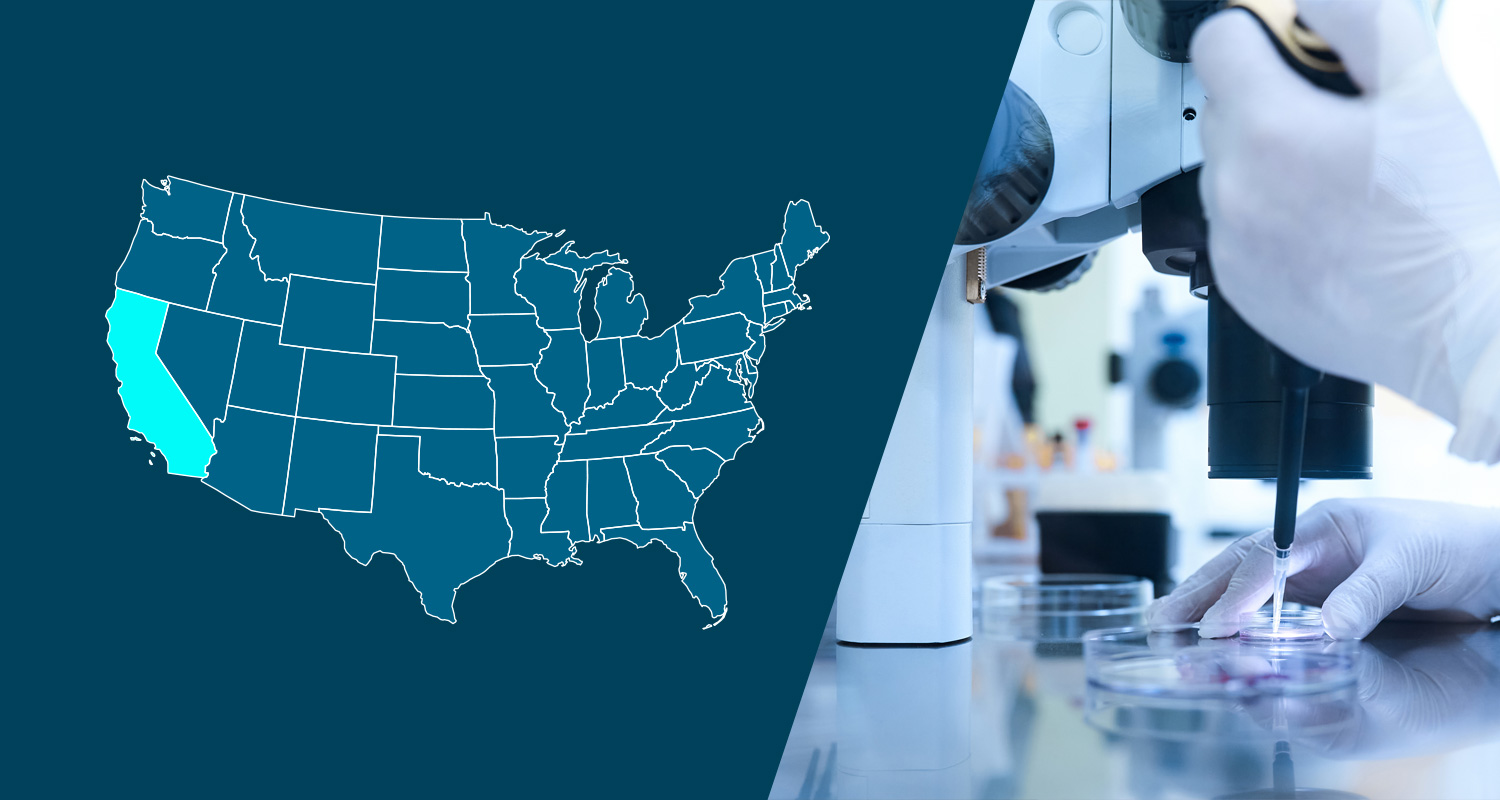The Department of Homeland Security (DHS), U.S. Immigration and Customs Enforcement (ICE), has issued an additional extension of the Form I-9 flexibilities, which allow employers to virtually verify Form I-9 documents for employees working exclusively in a remote setting due to COVID-19 related precautions (“Temporary Relief”). The new expiration date for the Temporary Relief is July 31, 2023 (the relief was previously set to expire on October 31, 2022).
Background
Due to safety precautions related to COVID-19, DHS first announced in March 2020, and updated in March 2021, Temporary Relief which permitted employers to virtually verify I-9 documentation for employees hired during the pandemic into a temporary remote work setting. For details on this temporary relief, please see our prior blog, “Extension on Temporary Policy for Virtual I-9 Verifications.”
Proposed Rule
Since the temporary relief was issued, DHS has proposed rules that would permanently allow remote I-9 document review, where circumstances warrant. Employers should monitor if these proposed rules are adopted, as it may impact the expiration of the temporary relief and how documentation verification is handled for remote employees. For more information on the proposed rules, see the Public Comment Period and the Proposed Rule.
However, at this time, employers should proceed with the expectation that the Temporary Relief will end on July 31, 2023.
Authorized Representative Process
It is important to note that the Temporary Relief only allows virtual verification for employees who are hired into a remote work setting due to COVID-19 precautions. The Temporary Relief would not allow for the virtual verification of I-9 documentation for employees who are hired for a remote position that is intended to remain remote (i.e., the position is not remote due to COVID-19 precautions). For these remote employees, employers can complete the verification requirement of I-9 documentation by using the Authorized Representative process in lieu of physically verifying documentation.
For the Authorized Representative process, an employer would designate an “authorized representative” to fill out I-9 forms on behalf of their company. When completing the I-9 forms, the “authorized representative” would need to physically examine, with the employee being physically present, each identification document presented to determine if it reasonably appears to be genuine and relates to the employee presenting it. Examples of authorized representatives include notaries, librarians, friends, or family members/spouses of the employee. Details on who can act as an authorized representative are outlined here (note that these instructions have been archived by USCIS, but they are the most recent guidance that are available).
Employer Action
- Employers who are hiring employees that are intended to be/remain remote, regardless of COVID-19: It is best practice is use an Authorized Representative to complete section 2 of the Form I-9
- Employers who previously hired remote employees and have virtually verified their Form I-9: It is best practice to correct section 2 using an Authorized Representative prior to the expiration of the Temporary Relief on July 31, 2023.




